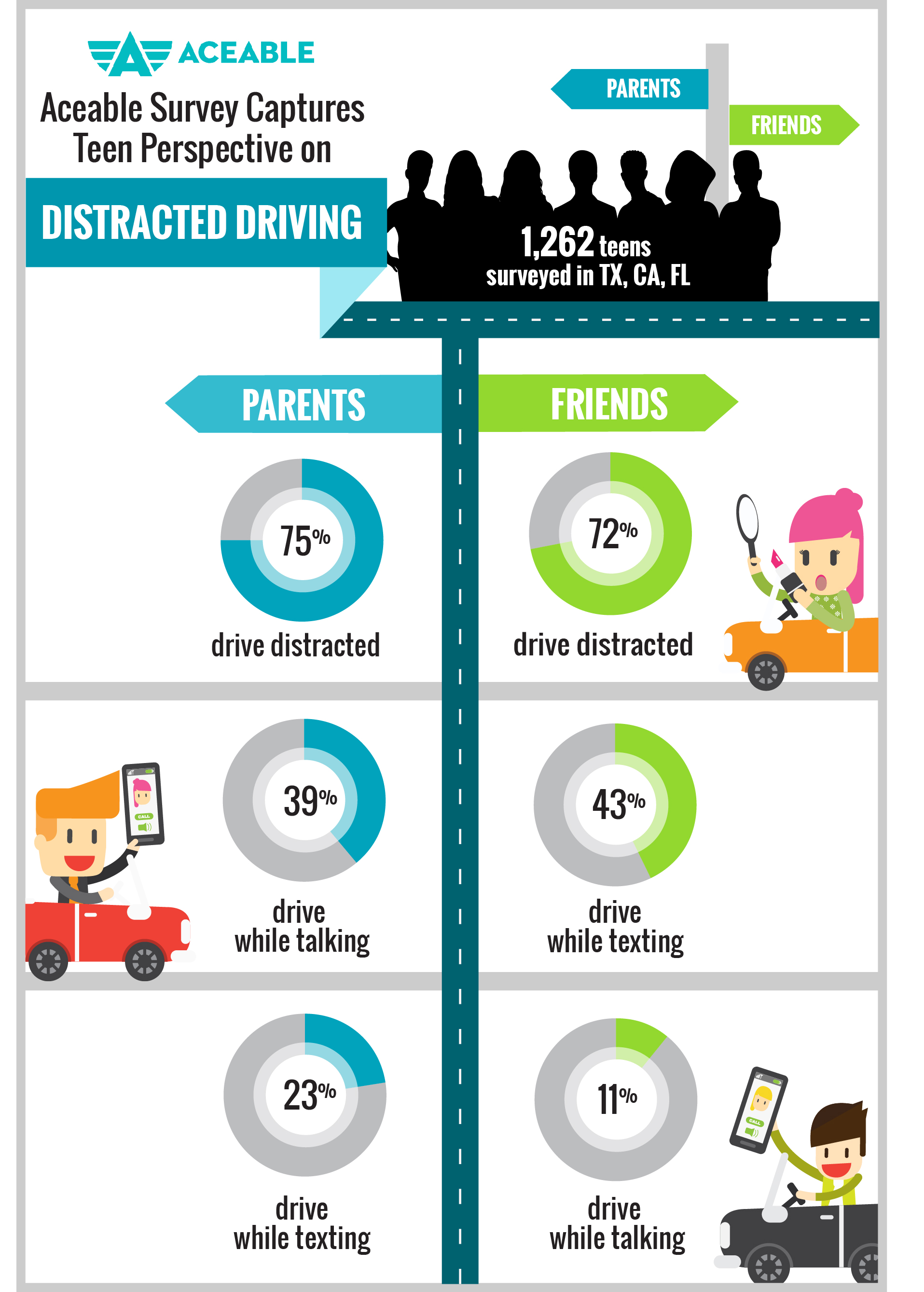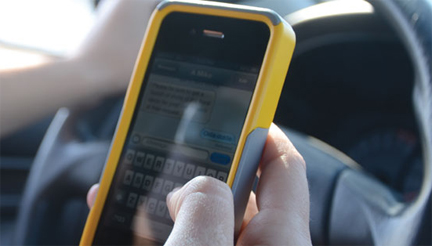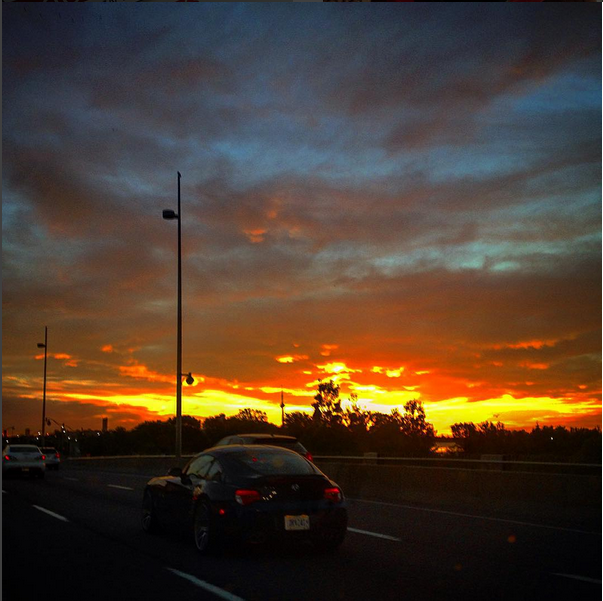75 Percent of Teens Say Their Parents Drive Distracted If you’re a parent, you want to teach your kids to be smart and safe behind the wheel. It’s right there […]
Summary of “Zero Crazy” Results – Spring 2016 Focus on Electronic Use
The activity, Zero Crazy, is in its fourth year and consists of a pre-observation, three weeks of messaging, a post-observation, and a pizza party for the schools that completed and returned all observation data.
Finding Ways to Break the Habit of Texting and Driving
Who hasn’t heard that texting and driving don’t mix? Certainly, by now, we all know that it’s a dangerous distraction. So, why are we still doing it? Isn’t that the […]
Teens in the Driver Seat® “Zero Crazy!” Activity Seeks to Reduce Distracted Driving Among Teens
Social media isn’t going away soon, so educating younger drivers about the dangers of distracted driving is key to reducing deaths among them on our nation’s roadways.
Voice-to-text apps offer no driving safety benefit
Texting drivers may believe they’re being more careful when they use the voice-to-text method, but new research findings suggest that those applications offer no real safety advantage over manual texting.
The study was sponsored by the Southwest Region University Transportation Center and conducted by the Texas A&M Transportation Institute. SWUTC is a part of the University Transportation Centers Program, which is a federally-funded program administered by the U.S. Department of Transportation’s Research and Innovative Technology Administration.
Distractions cause increase in nighttime crashes for teens
A nationwide analysis suggests that distractions – not alcohol – are contributing to a steady increase in nighttime fatal crashes for teenage drivers.
The trends are illustrated in a report produced by the Teens in the Driver Seat Center of the Texas Transportation Institute (TTI). The analysis that produced the report examined the effects of lighting conditions on crashes from 1999 to 2008 in all 50 U.S. states, along with the presence of alcohol as a factor in those crashes. The findings suggest something other than alcohol is pushing the nighttime fatal crash numbers up for teen drivers. The most likely reason, researchers say, is the use of cell phones.


